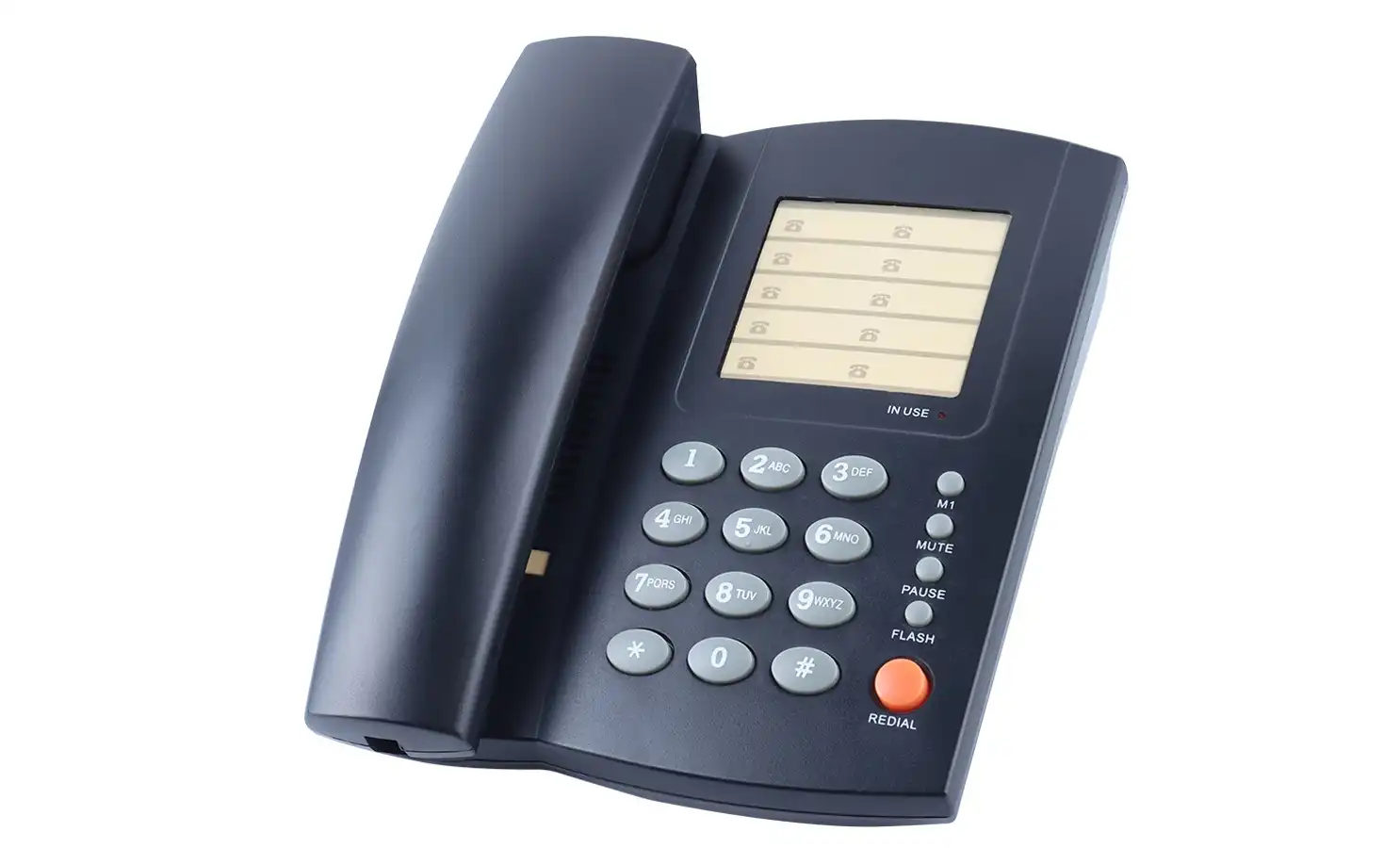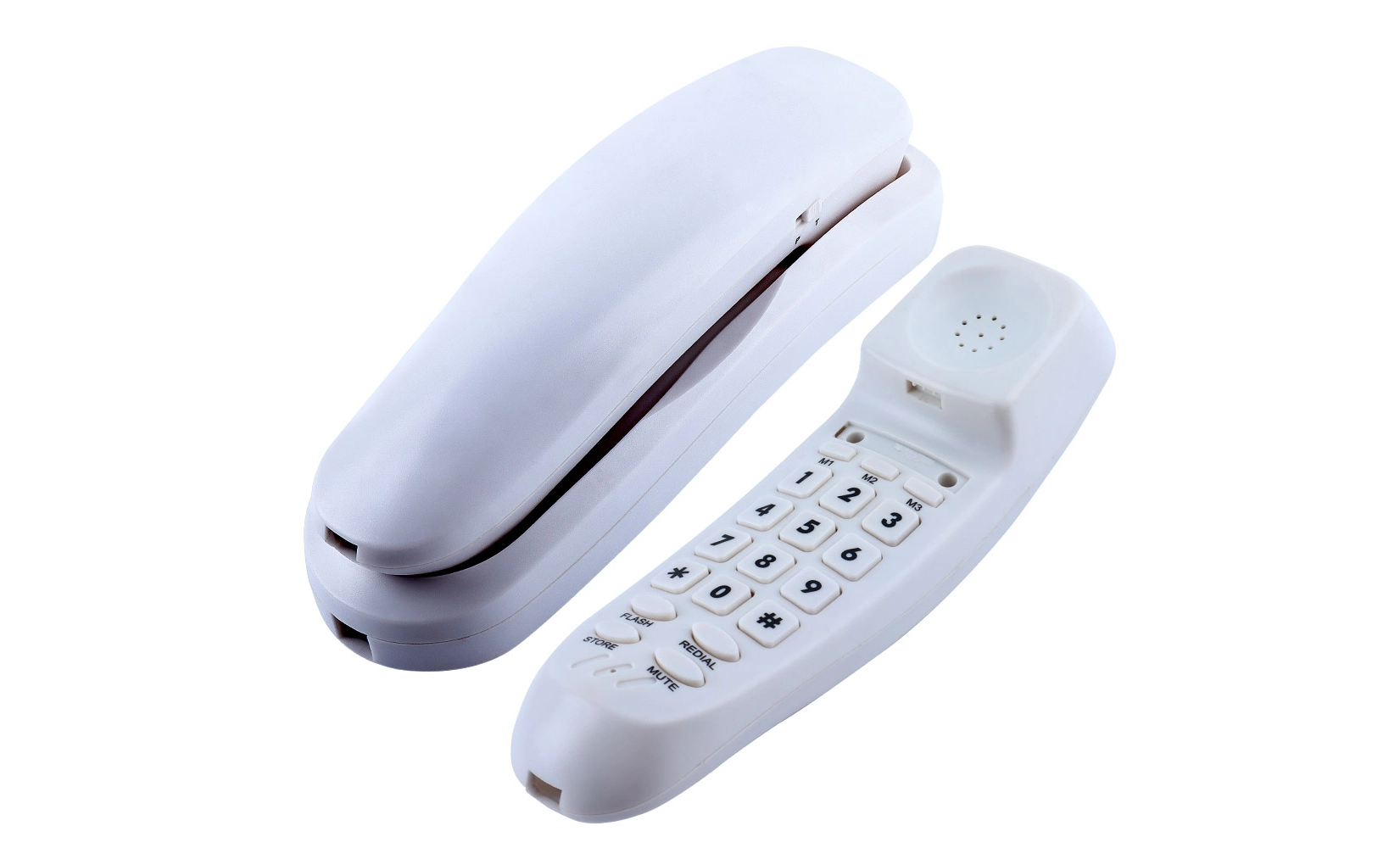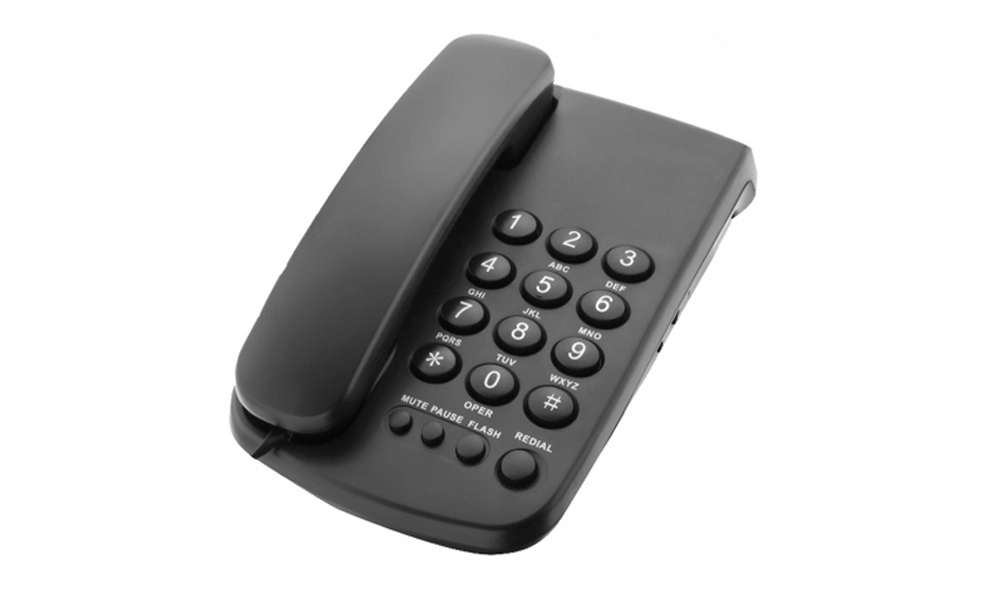Key Features to Consider in Basic Office Phones
When evaluating basic office phones, it's essential to focus on the features that will have the most significant impact on your daily operations. Sound quality is paramount, as clear communication is the foundation of effective business interactions. Look for phones with noise-cancellation technology and HD voice capabilities to ensure crisp, intelligible conversations.
Another crucial feature is the display. A large, backlit LCD screen can greatly enhance usability, allowing for easy access to call logs, contacts, and phone settings. Some advanced models even offer color displays, which can be particularly helpful for distinguishing between different lines or call statuses at a glance.
Speakerphone functionality is also worth considering. A high-quality speakerphone can facilitate impromptu conference calls and hands-free conversations, boosting productivity. Pay attention to the clarity and volume of the speakerphone, as these factors can significantly affect its usefulness in a busy office environment.
Connectivity Options and Compatibility
In today's interconnected world, it's crucial to choose a basic office phone that offers versatile connectivity options. Many modern office phones support both traditional analog lines and VoIP (Voice over Internet Protocol) systems. This dual compatibility ensures that your phone investment remains viable even if you decide to upgrade your phone system in the future.
Additionally, consider phones with Ethernet pass-through ports. This feature allows you to connect your computer to the network through the phone, reducing cable clutter and simplifying desk setups. Some advanced models even offer Power over Ethernet (PoE) compatibility, which can further streamline installation by eliminating the need for separate power adapters.
Ergonomics and User-Friendly Design
The physical design of a basic office phone plays a significant role in user comfort and efficiency. Look for phones with ergonomically designed handsets that are comfortable to hold for extended periods. The keypad should have well-spaced, responsive buttons with clear labeling to minimize dialing errors.
Programmable keys are another valuable feature to consider. These customizable buttons can be set up for quick access to frequently used functions, speed dials, or direct lines, streamlining workflow and reducing the time spent navigating menus.
Cost Considerations and Long-Term Value
While the initial price tag is an important factor when choosing a basic office phone, it's equally crucial to consider the long-term value and potential hidden costs. Lower-priced models might seem attractive at first, but they may lack durability or essential features, leading to higher replacement or upgrade costs down the line.
Invest in phones from reputable manufacturers known for their quality and reliability. These devices often come with better warranties and support, which can save you money and headaches in the long run. Additionally, consider the cost of any required software licenses or subscription fees for advanced features, as these can add up over time.
Energy Efficiency and Environmental Impact
In an era of increasing environmental consciousness, the energy efficiency of office equipment should not be overlooked. Look for basic office phones that are ENERGY STAR certified or have low power consumption ratings. Not only will this reduce your carbon footprint, but it can also lead to noticeable savings on your electricity bills, especially in larger offices with numerous phone units.
Scalability and Future-Proofing
When selecting basic office phones, it's wise to think beyond your current needs and consider potential future growth. Choose a phone system that can easily scale with your business. This might include the ability to add more handsets, integrate with other communication tools, or upgrade to more advanced features without requiring a complete system overhaul.
Some modern basic office phones offer firmware updates, allowing you to add new features or improve performance over time. This capability can extend the lifespan of your investment and keep your communication system up-to-date with evolving technology standards.
 Support and Maintenance Considerations
Support and Maintenance Considerations
The level of support and ease of maintenance should be key factors in your decision-making process when comparing basic office phones. Even the most reliable phones may occasionally require troubleshooting or repairs, so it's important to choose a manufacturer or supplier that offers robust customer support.
Look for companies that provide comprehensive documentation, including user manuals and online resources. Some manufacturers offer phone or chat support, which can be invaluable when you need immediate assistance. Additionally, consider the availability of spare parts and the ease of obtaining replacements if needed.
Training and User Adoption
While basic office phones are generally straightforward to use, there can still be a learning curve, especially if you're upgrading from an older system. Consider the intuitiveness of the phone's interface and the availability of training resources. Some manufacturers offer online tutorials or even on-site training sessions for larger deployments, which can significantly smooth the transition and ensure that your team can fully utilize all the features of your new phone system.
Integration with Existing Systems
For many businesses, the ability to integrate basic office phones with existing communication and productivity tools is crucial. Check if the phones you're considering can work seamlessly with your current PBX system, CRM software, or other business applications. This integration can enhance workflow efficiency and provide a more unified communication experience across your organization.
Conclusion
Choosing the right basic office phone involves careful consideration of numerous factors, from essential features and connectivity options to long-term value and support. By thoroughly evaluating these aspects, you can select a phone system that not only meets your current needs but also provides a foundation for future growth and technological advancements. Remember, the goal is to find a balance between functionality, cost-effectiveness, and reliability that aligns with your specific business requirements.
FAQ
How often should basic office phones be replaced?
The lifespan of basic office phones can vary, but typically they last 5-7 years with proper maintenance. However, technological advancements may make upgrading sooner more beneficial for some businesses.
Are wireless options available for basic office phones?
Yes, many manufacturers offer cordless versions of basic office phones, providing flexibility in office layouts. However, these may have limitations in range and battery life compared to wired models.
Can basic office phones integrate with mobile devices?
Some advanced basic office phones offer features like call forwarding to mobile devices or mobile apps that allow users to access their office phone system remotely. Check with specific manufacturers for these capabilities.
Expert Basic Office Phone Solutions | CHEETA
At CHEETA, we specialize in delivering top-tier basic office phone solutions tailored to meet the diverse needs of businesses. With our state-of-the-art 1,200㎡ factory and team of 10 senior engineers, we produce 1,000 high-quality analog units daily. Our commitment to excellence is reflected in our rigorous 11-step inspection process, ensuring a failure rate below 1%. As a leading OEM/ODM manufacturer, we offer customizable solutions that combine cutting-edge technology with user-centric design. For unparalleled expertise in basic office phones, contact our team at allen@cheeta.com.cn and experience the CHEETA difference in communication technology.

References
1. Smith, J. (2023). "The Evolution of Office Communication: From Basic Phones to Smart Systems". Business Communication Quarterly, 45(2), 78-92.
2. Johnson, A. & Lee, S. (2022). "Comparative Analysis of Basic Office Phone Features: A Market Study". Journal of Office Technology, 17(4), 203-218.
3. Tech Insights Group. (2023). "Global Basic Office Phone Market Report 2023-2028". Industry Analysis and Forecasts.
4. Brown, R. (2021). "Energy Efficiency in Office Communication Devices: A Comprehensive Review". Sustainable Business Technologies, 9(3), 145-160.
5. Williams, M. et al. (2022). "User Experience and Ergonomics in Modern Office Phone Design". Human-Computer Interaction in Business Environments, 28(1), 56-71.
 When it comes to selecting a
When it comes to selecting a 




